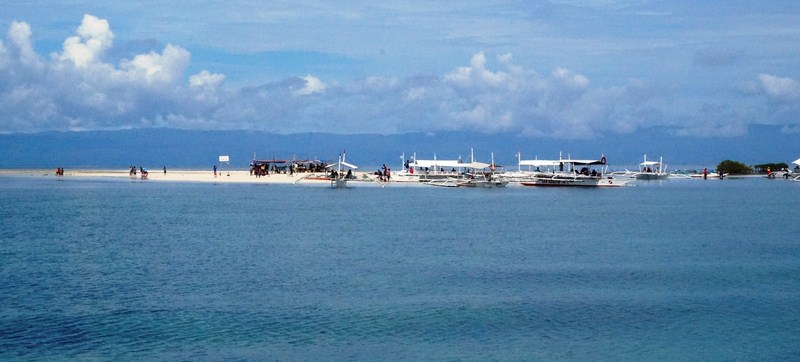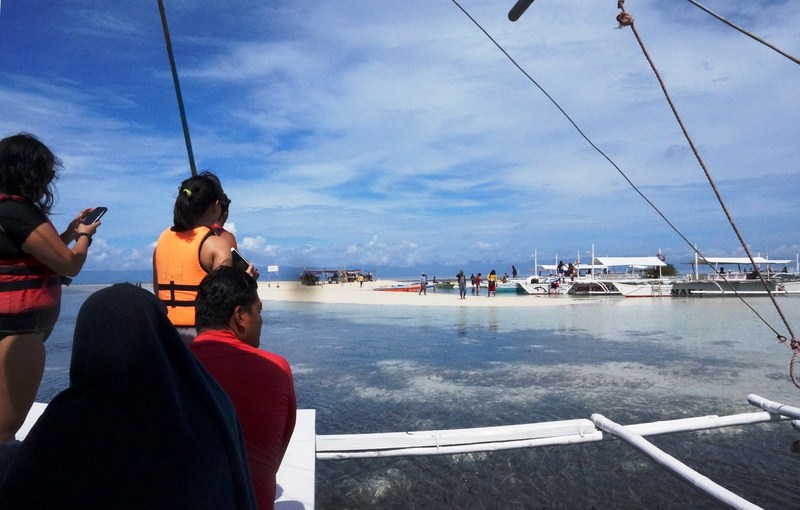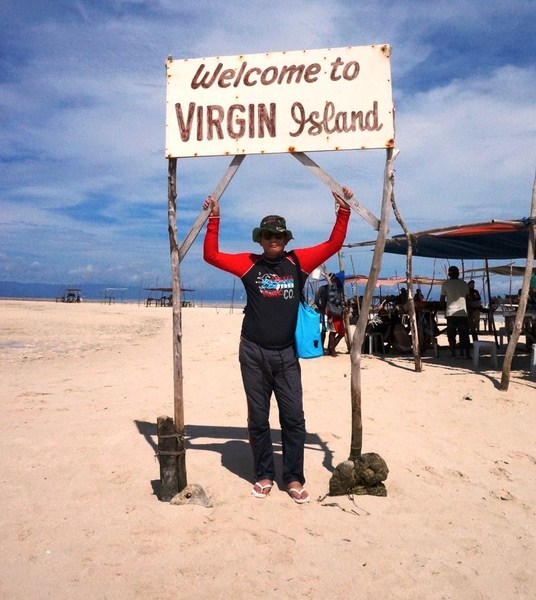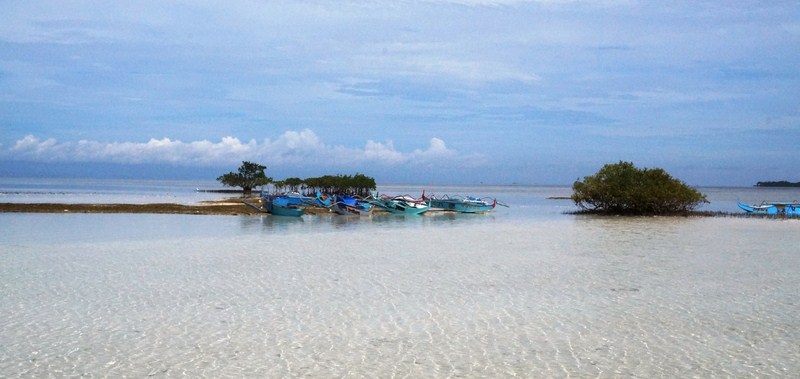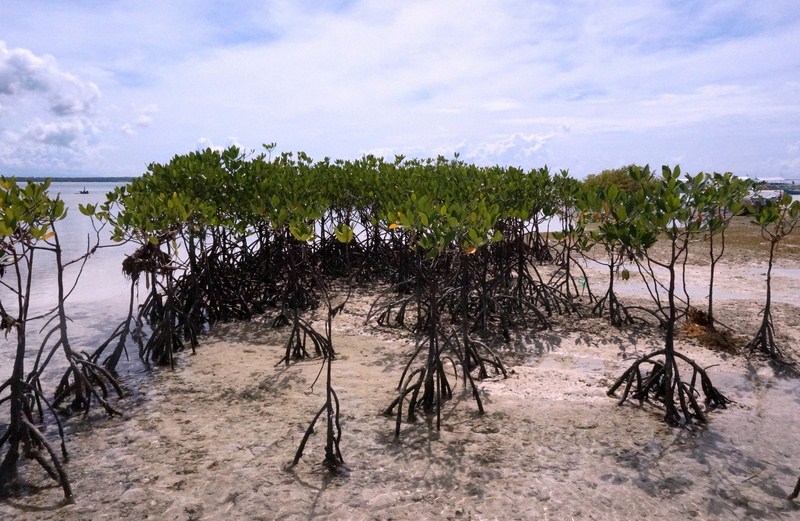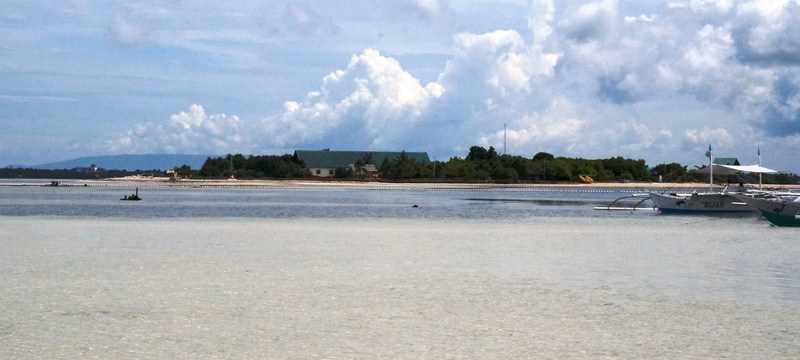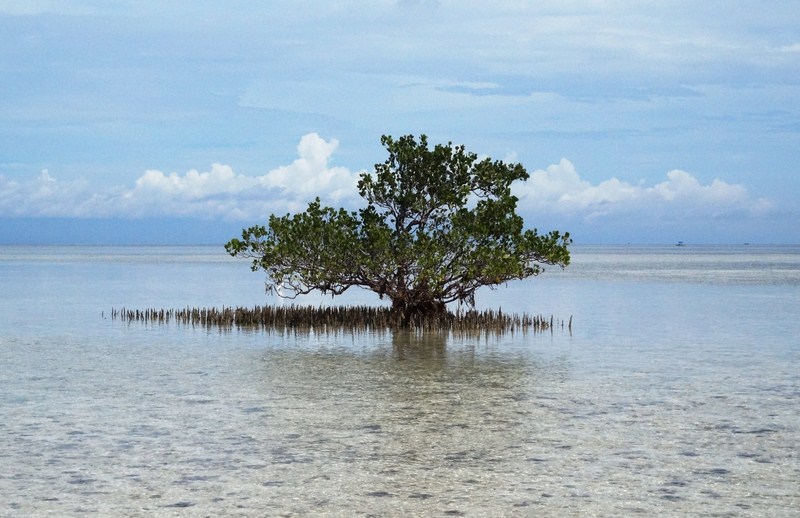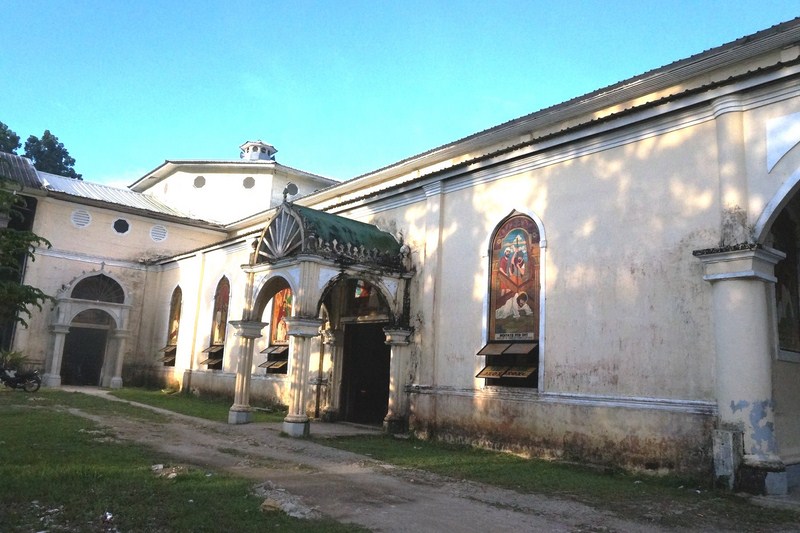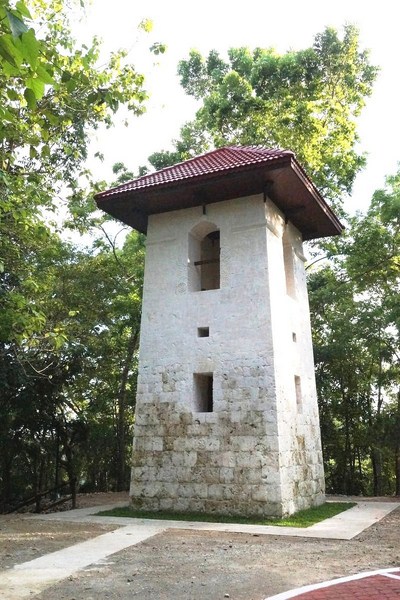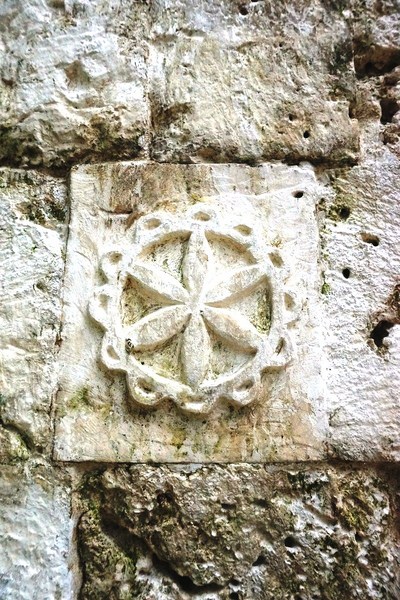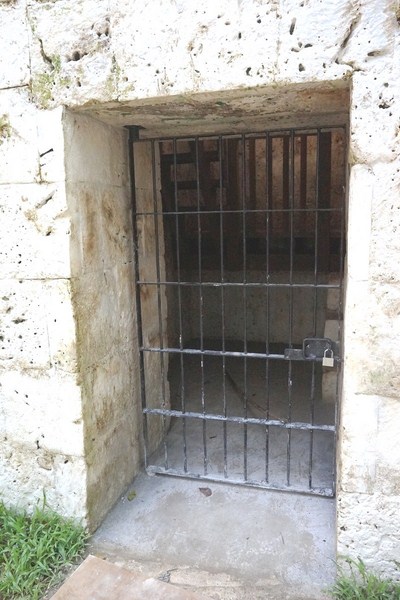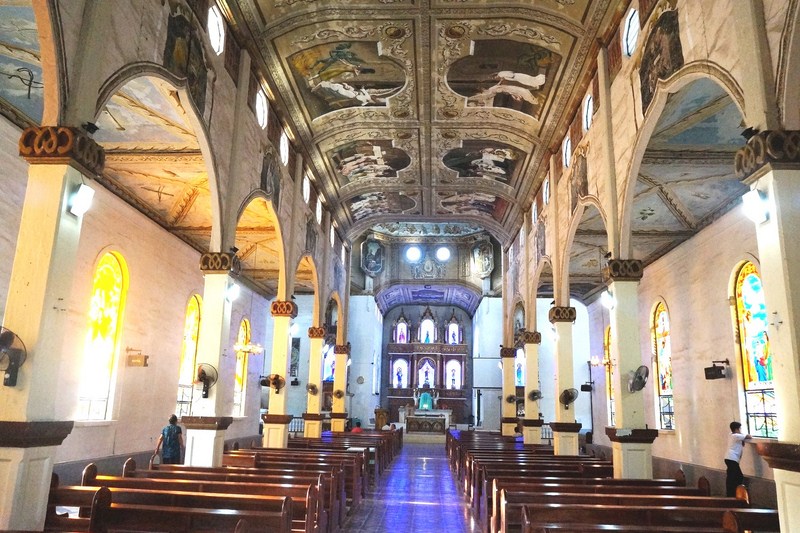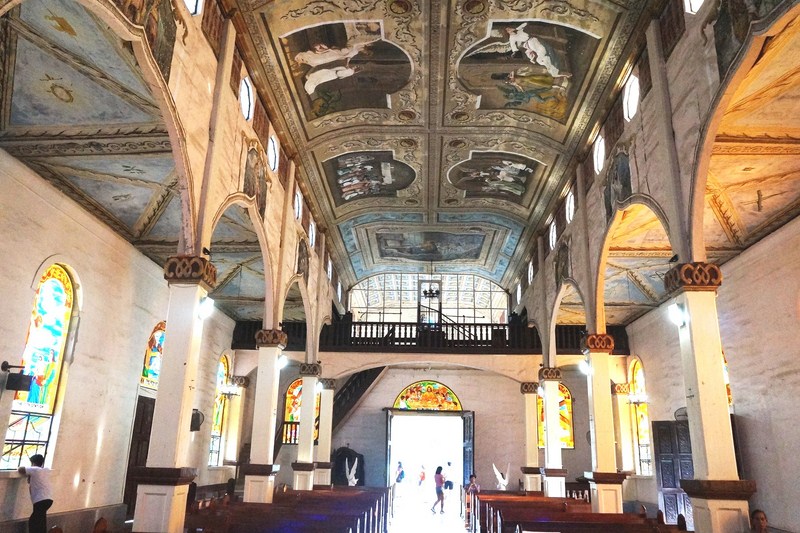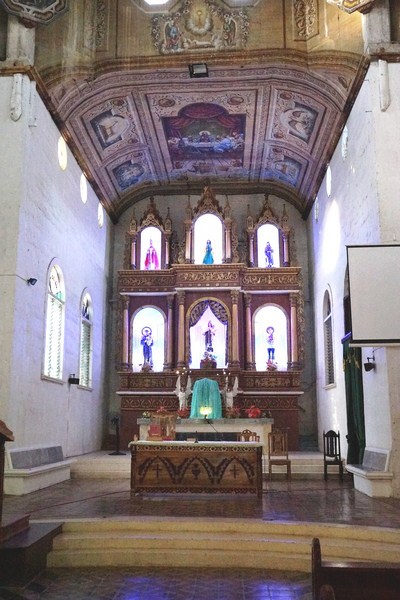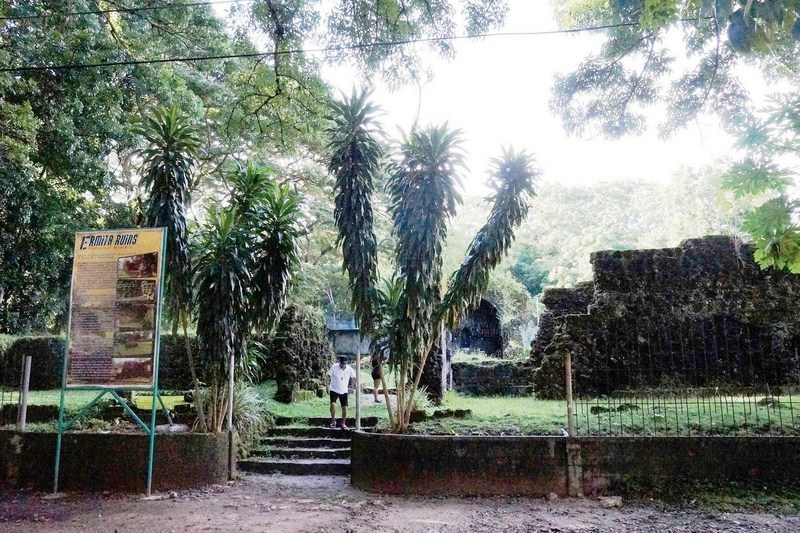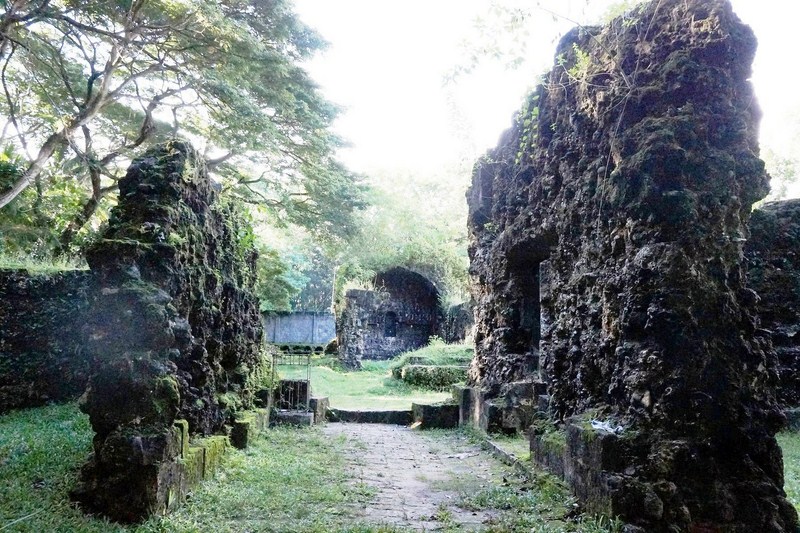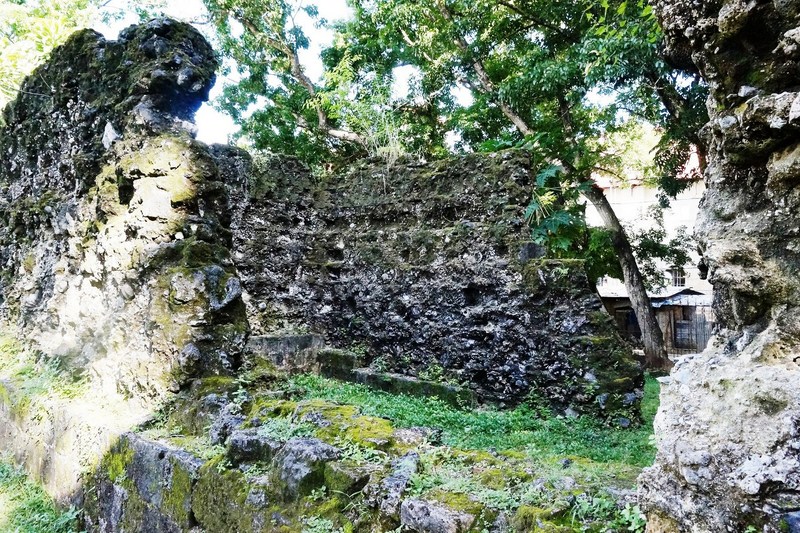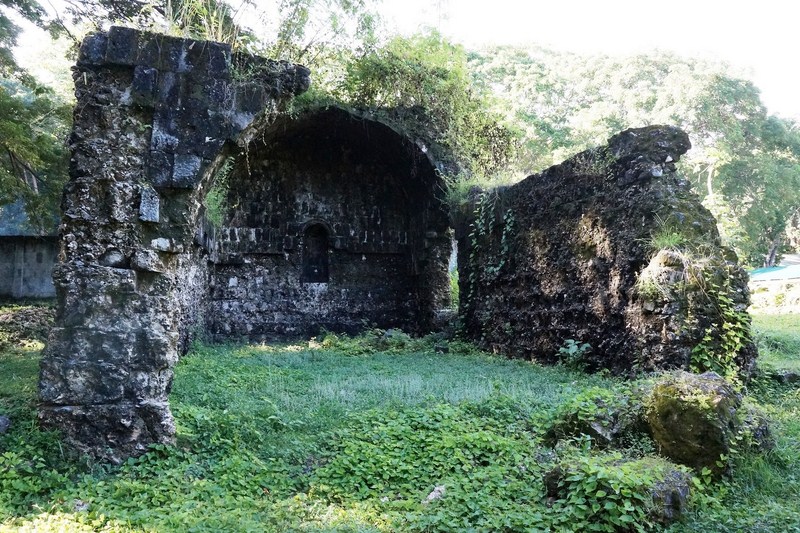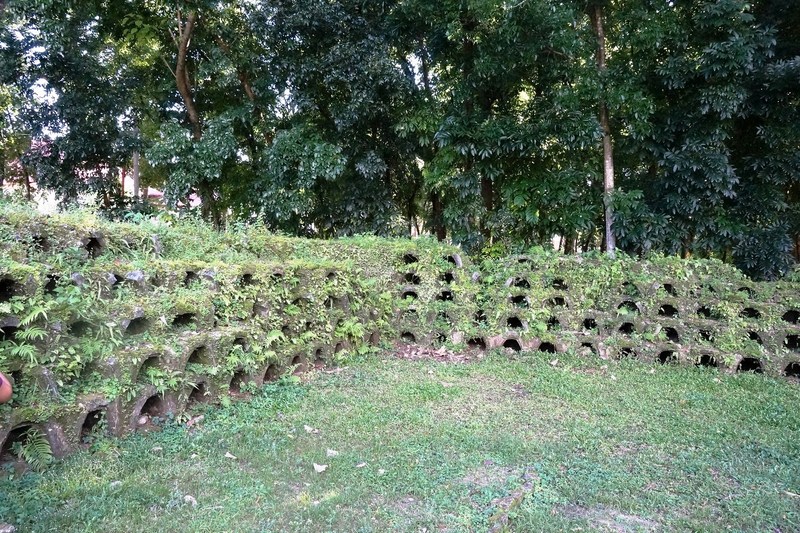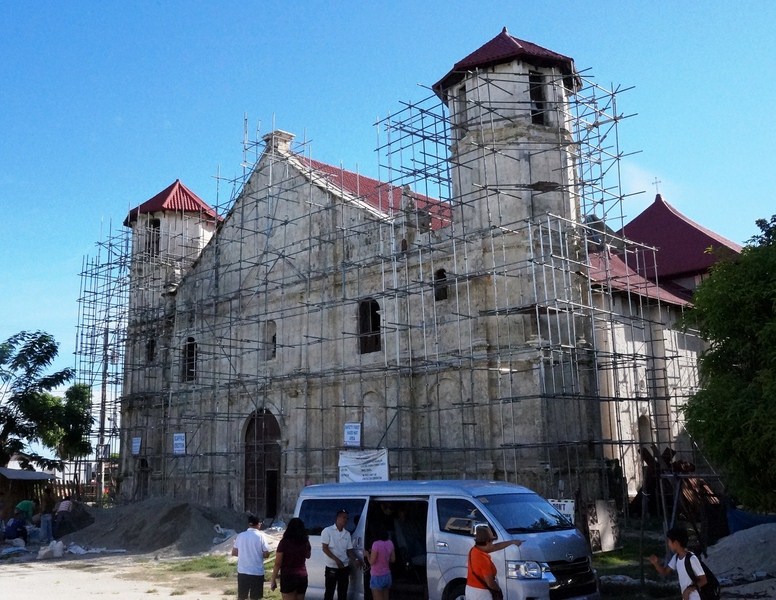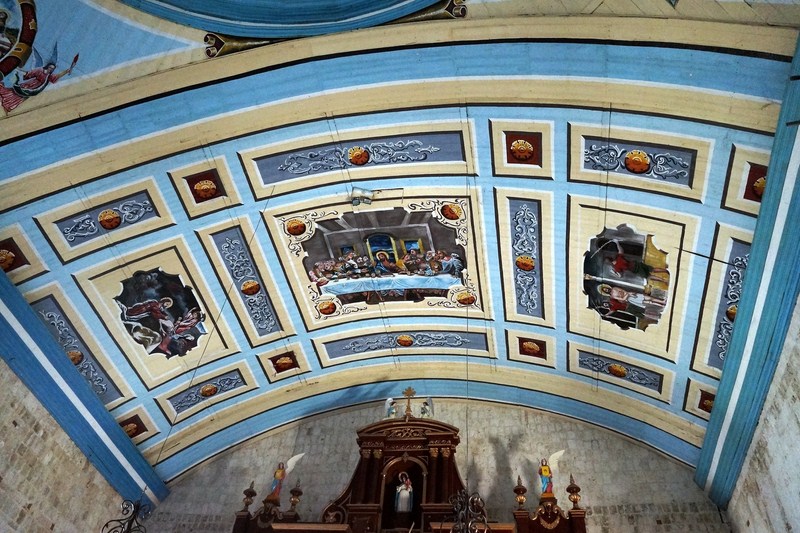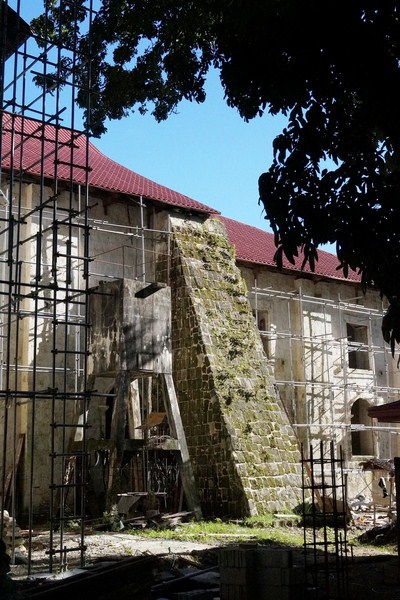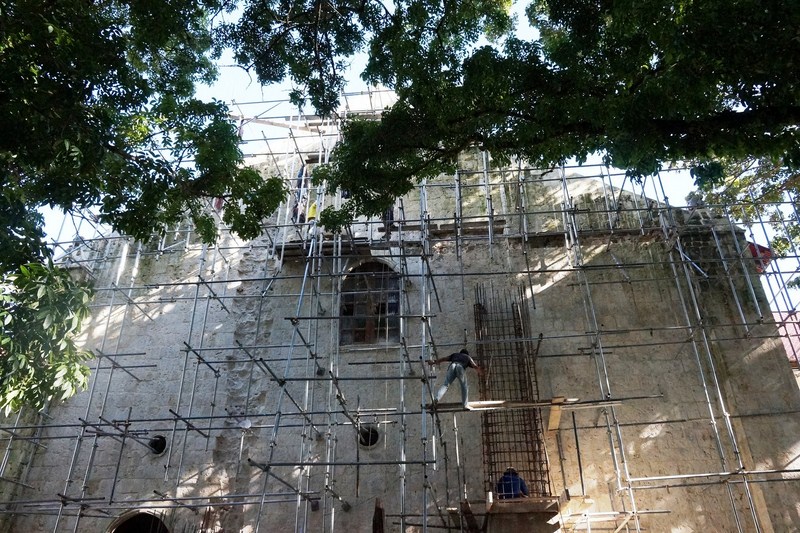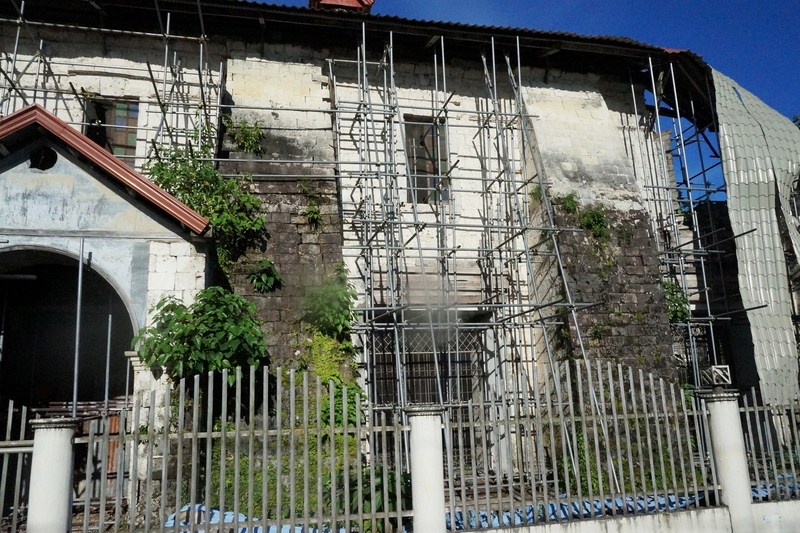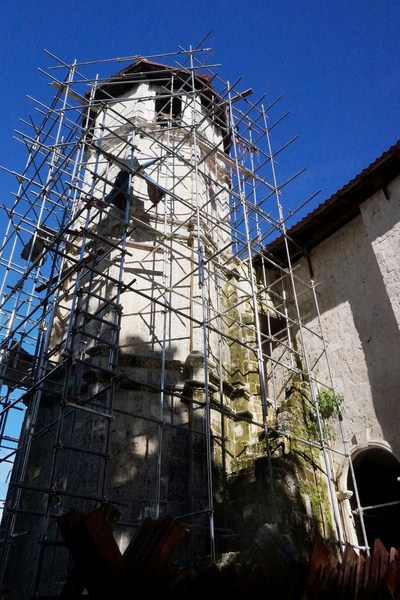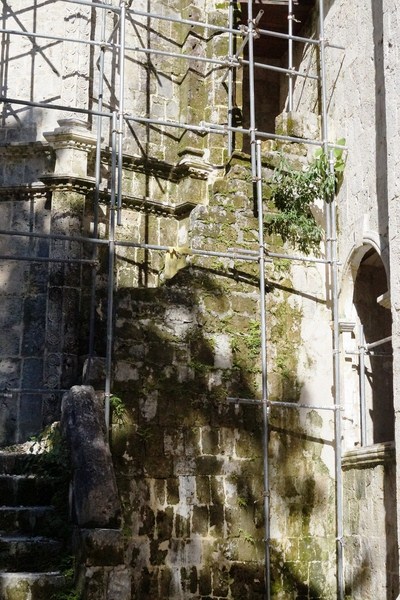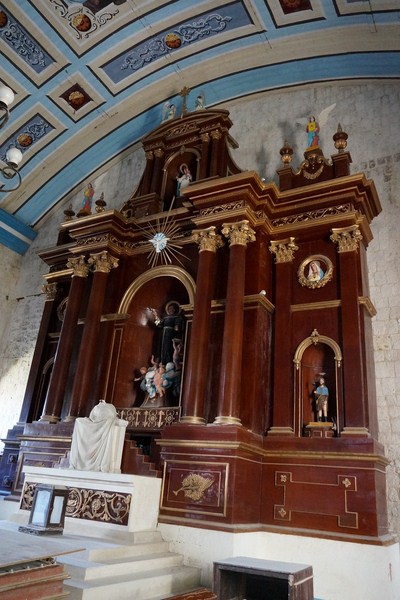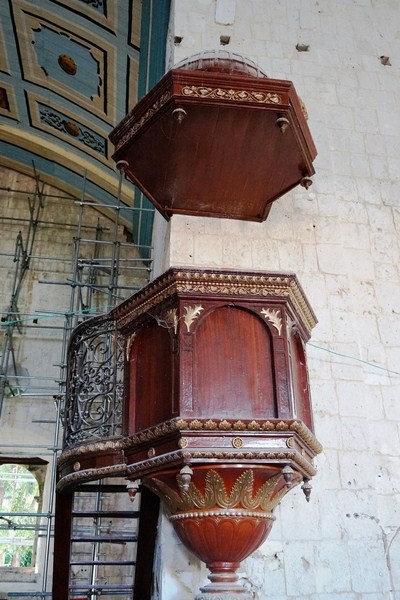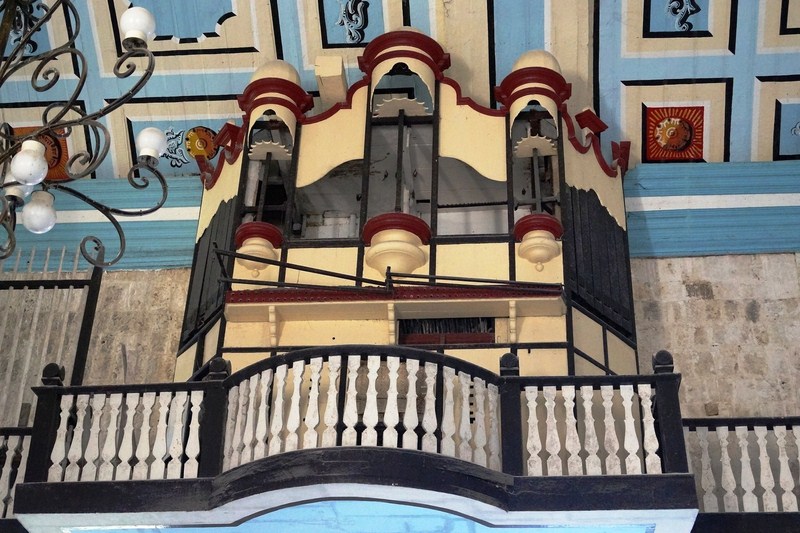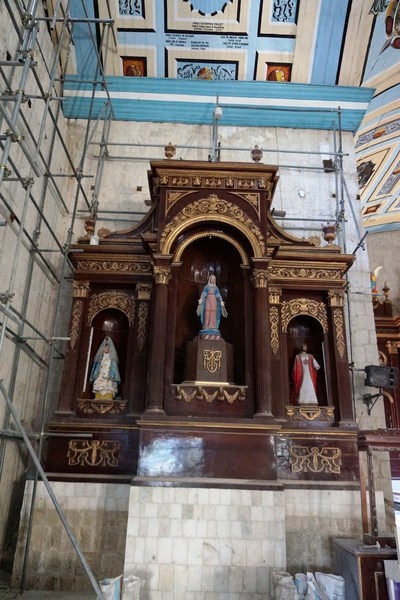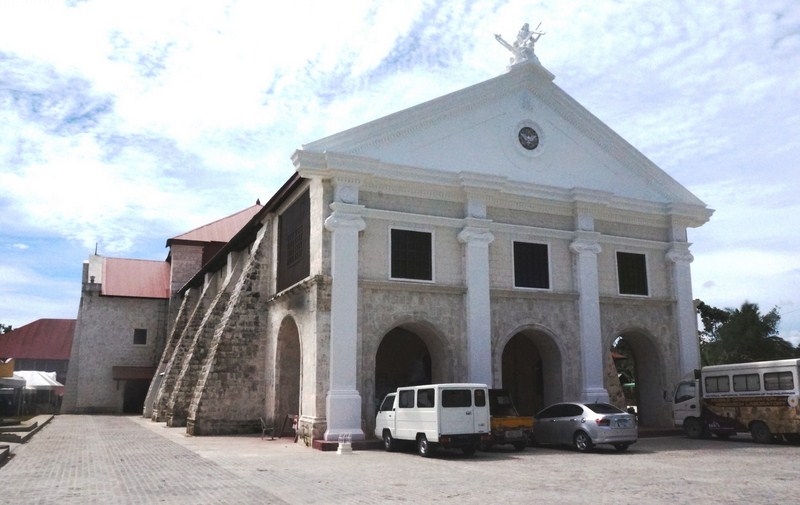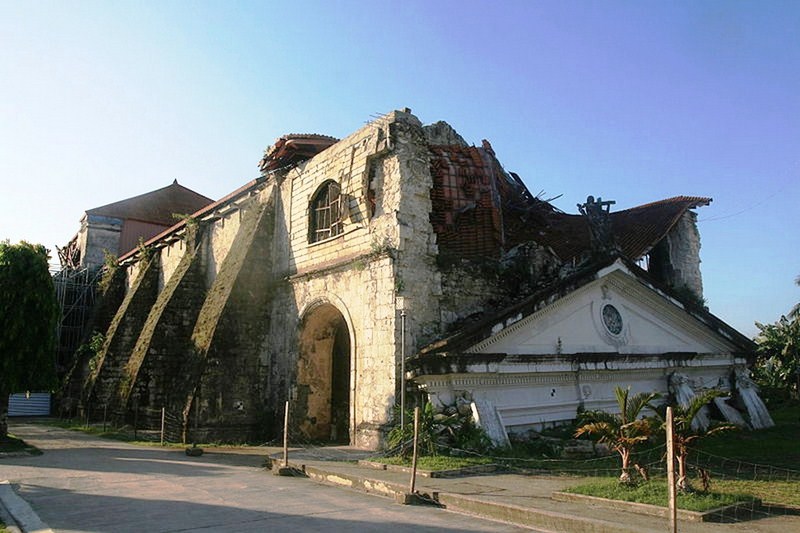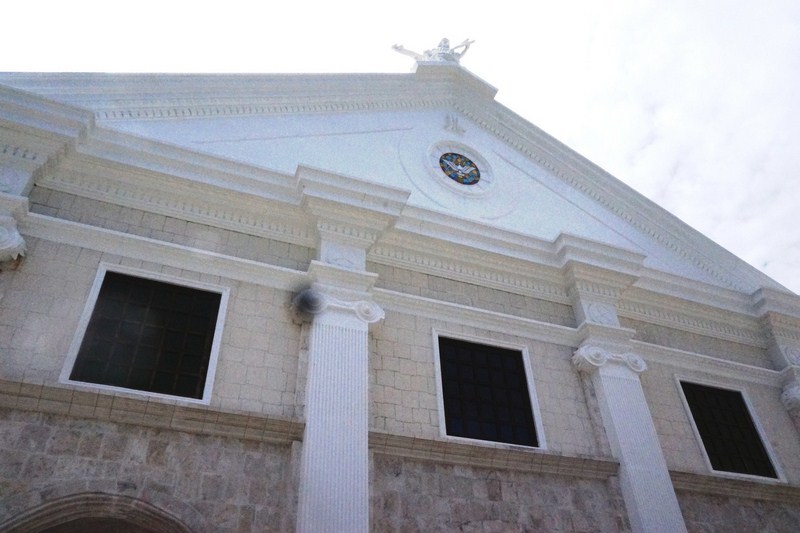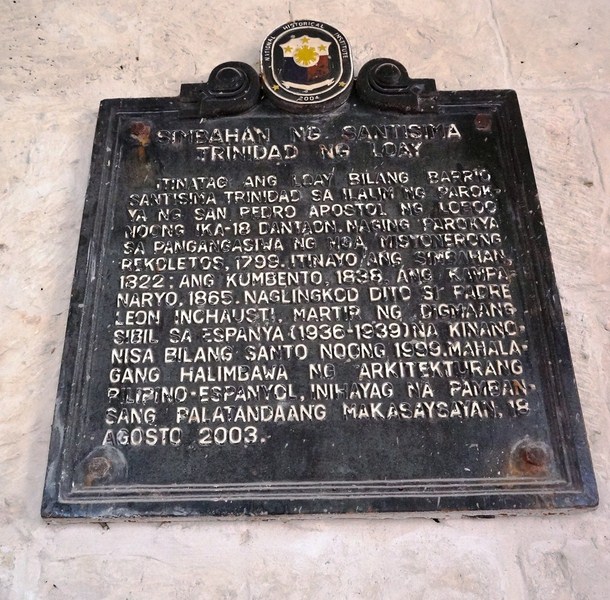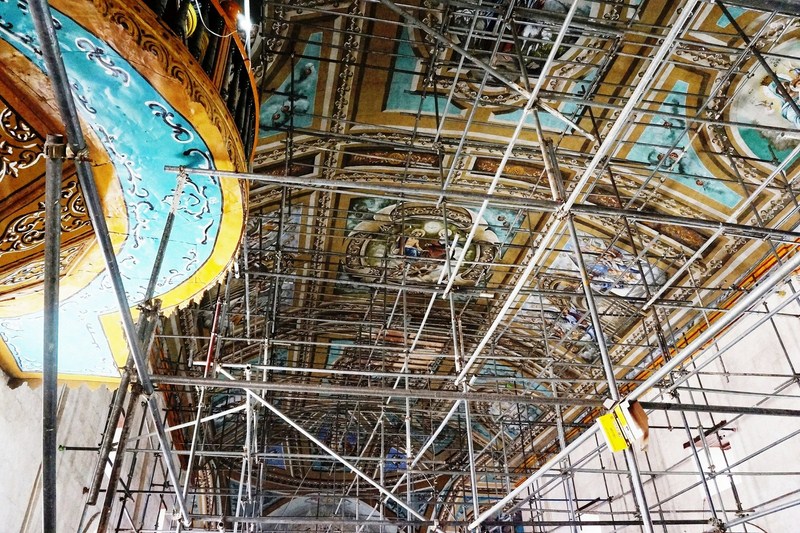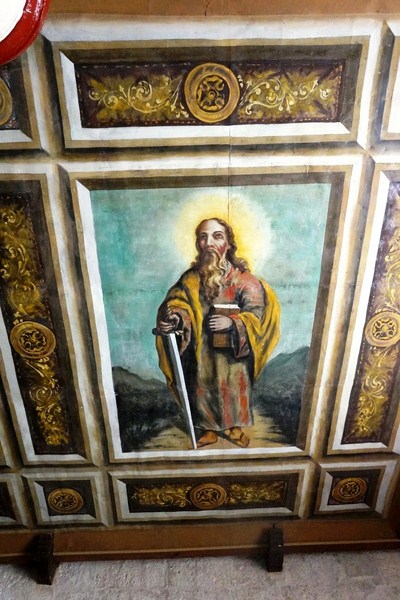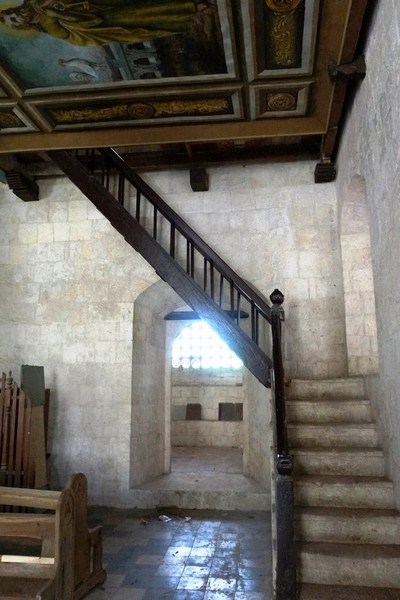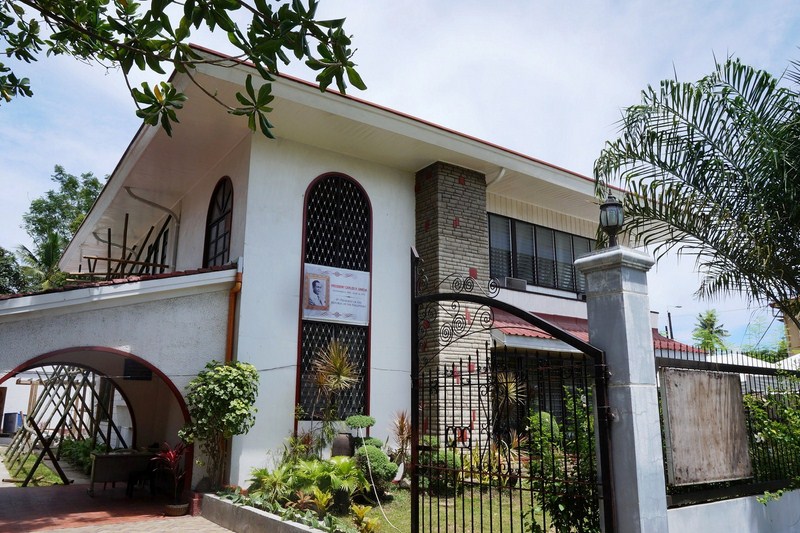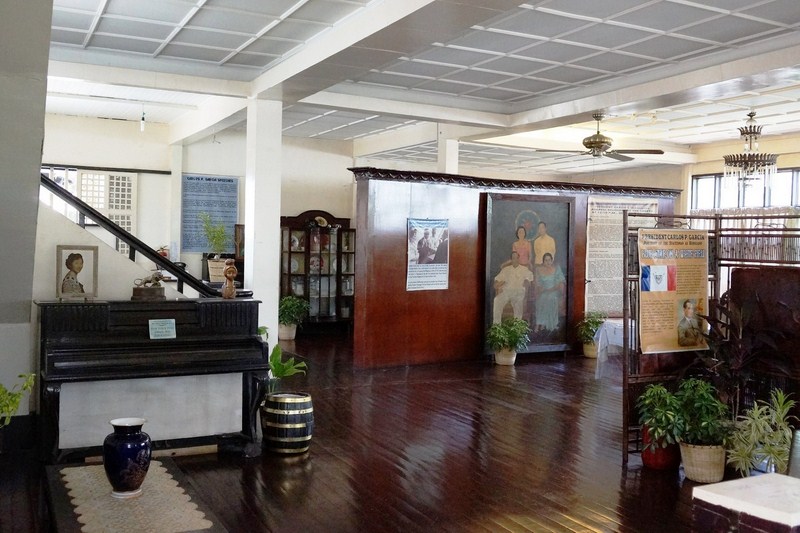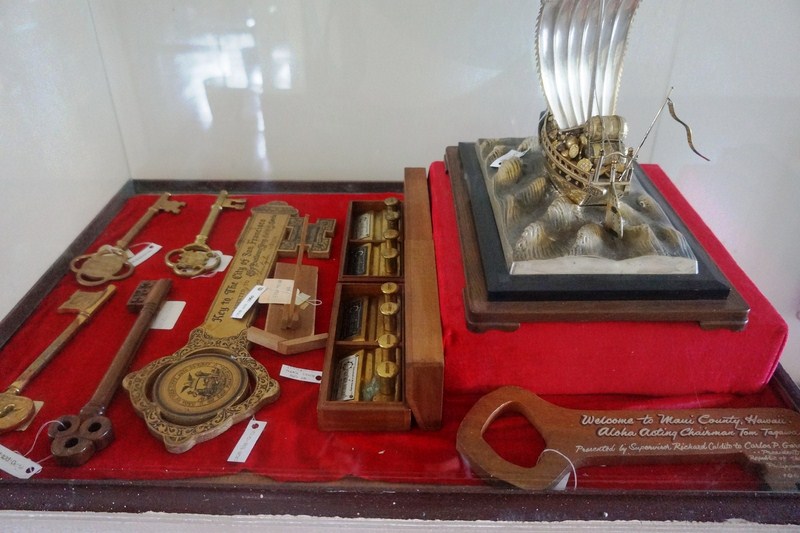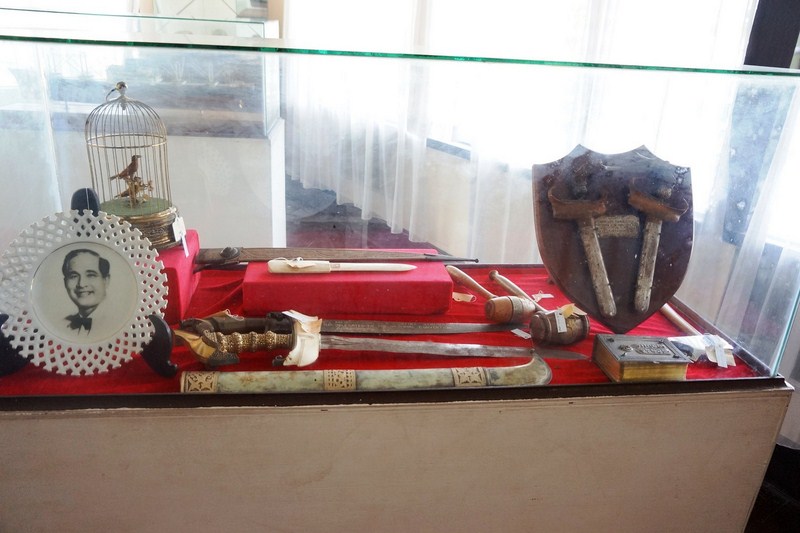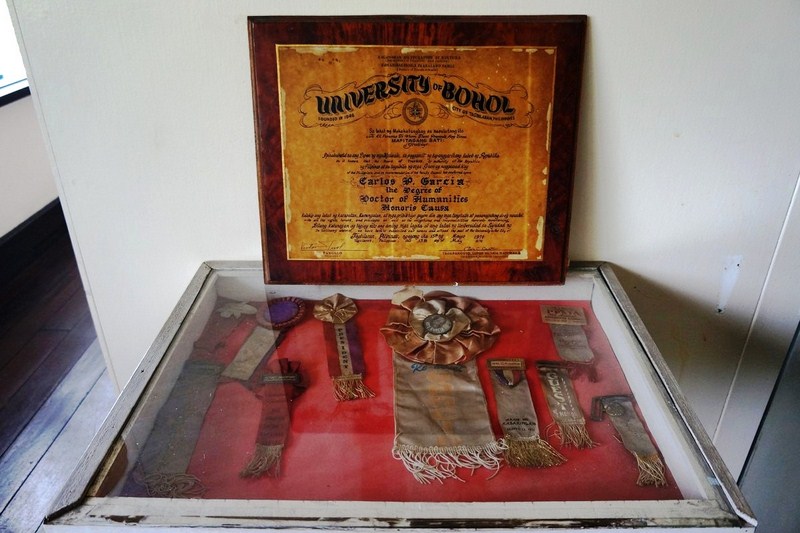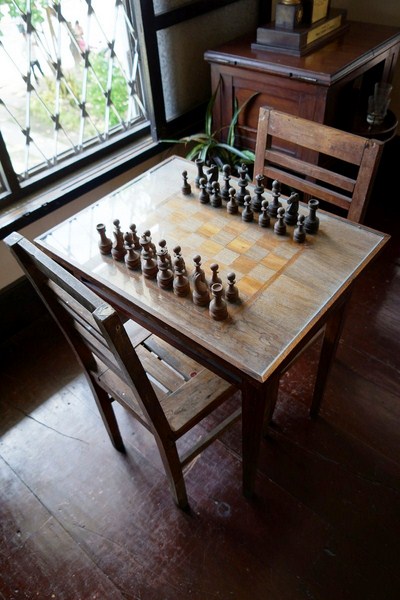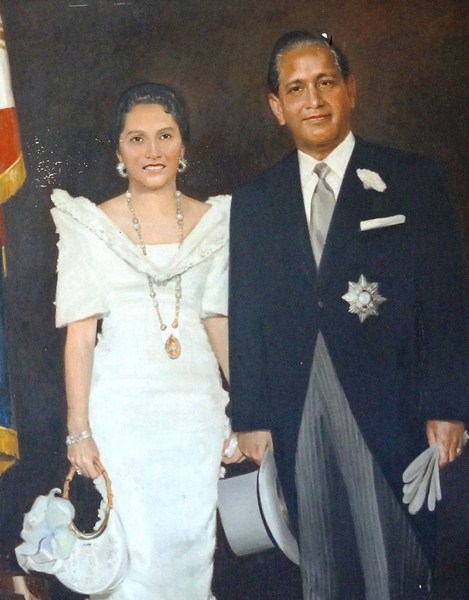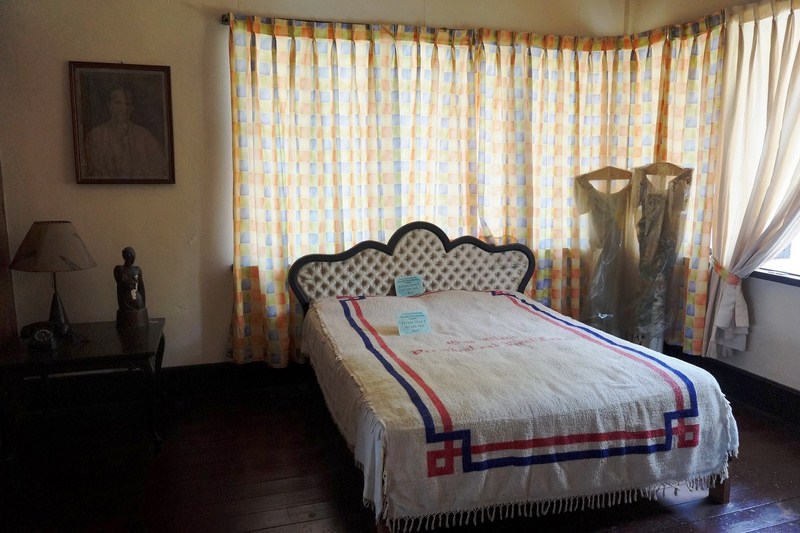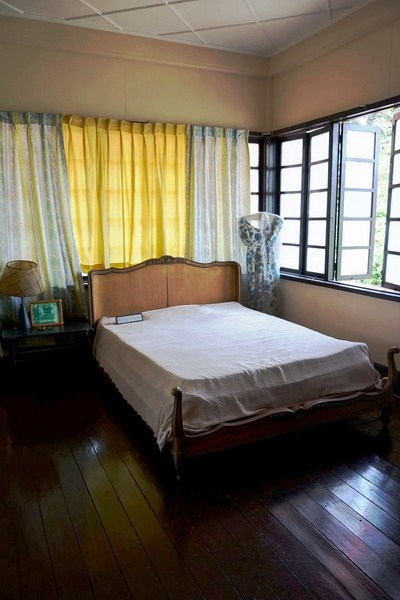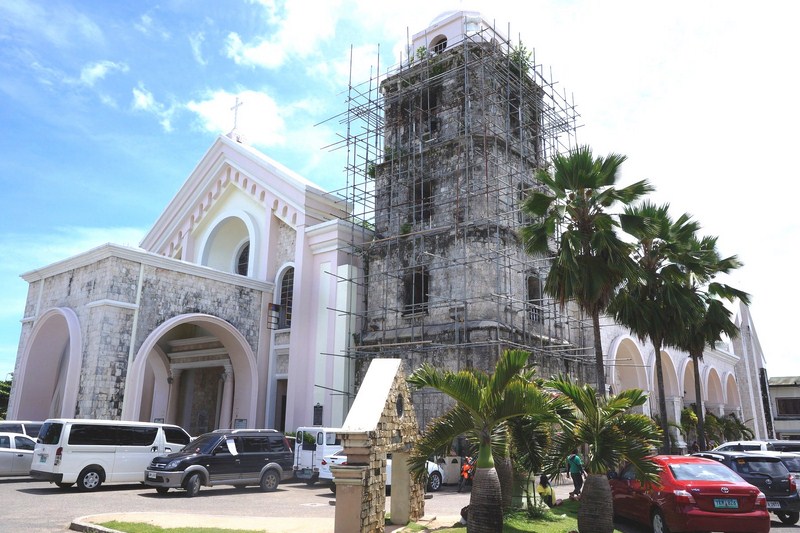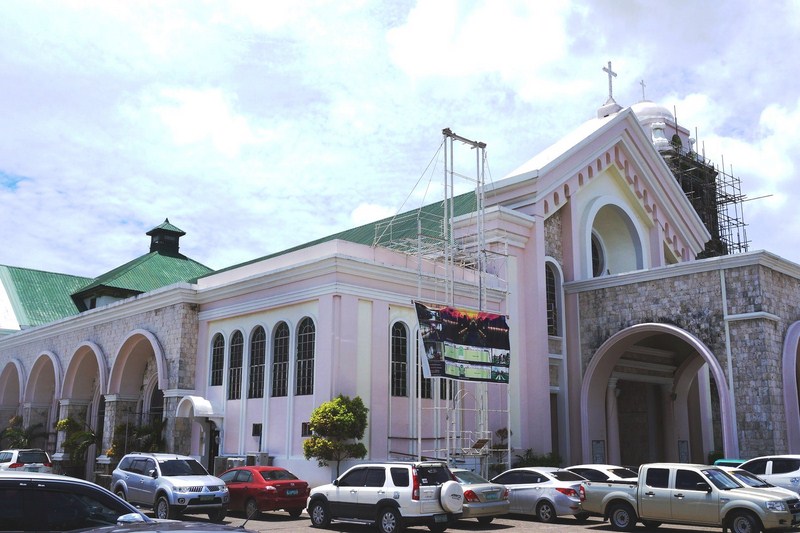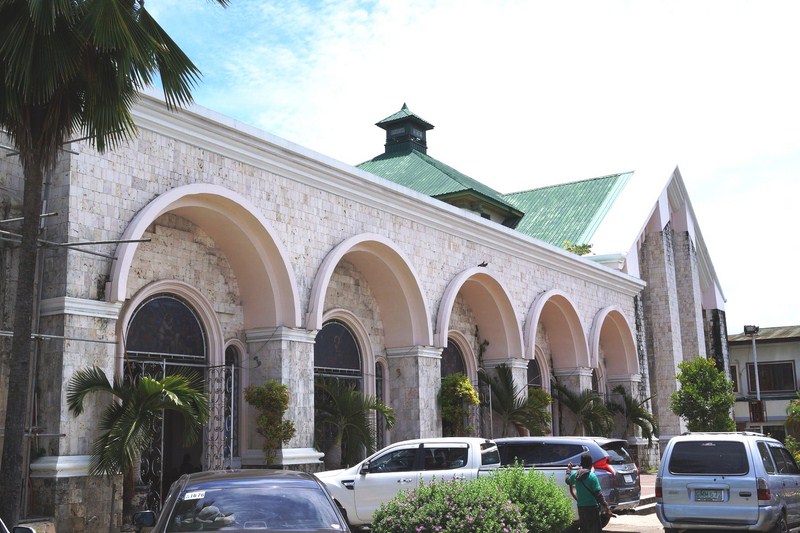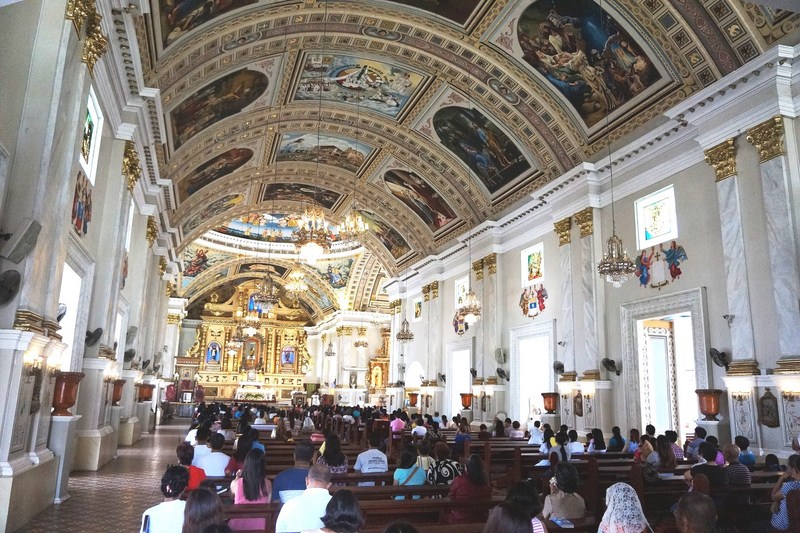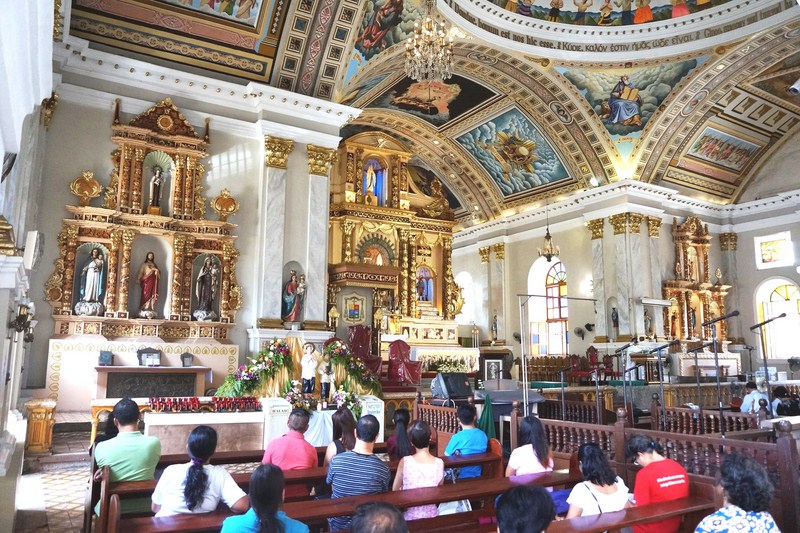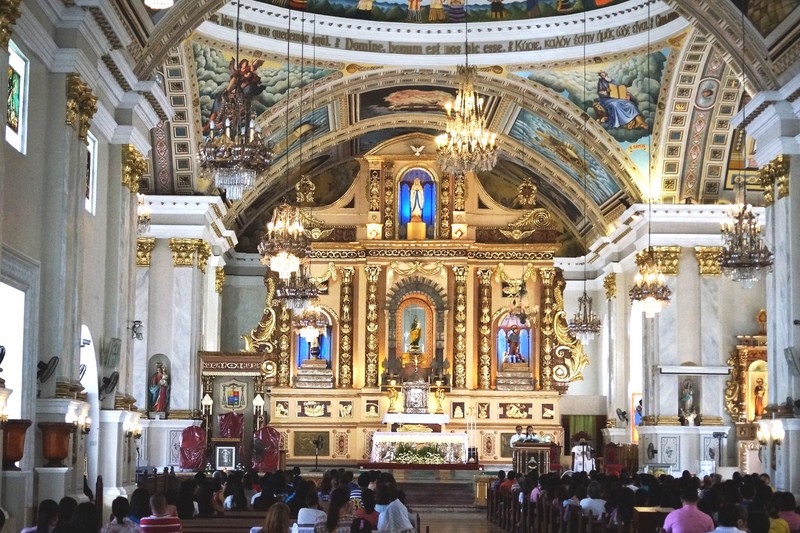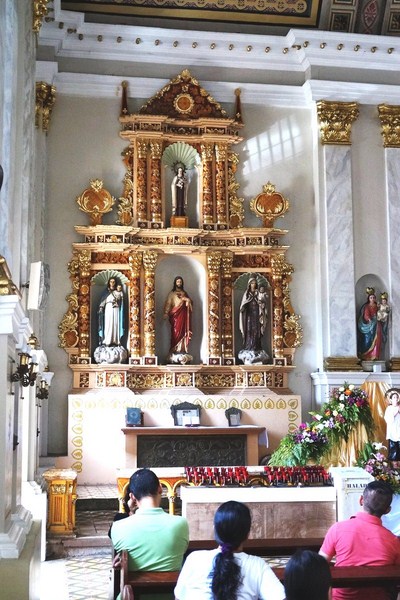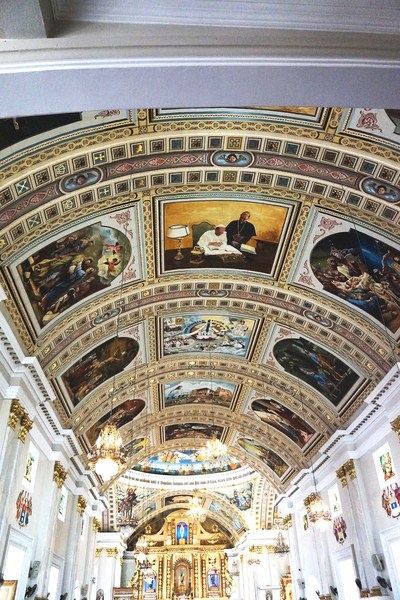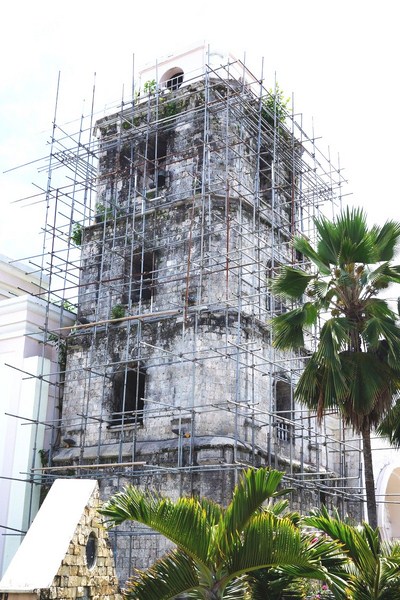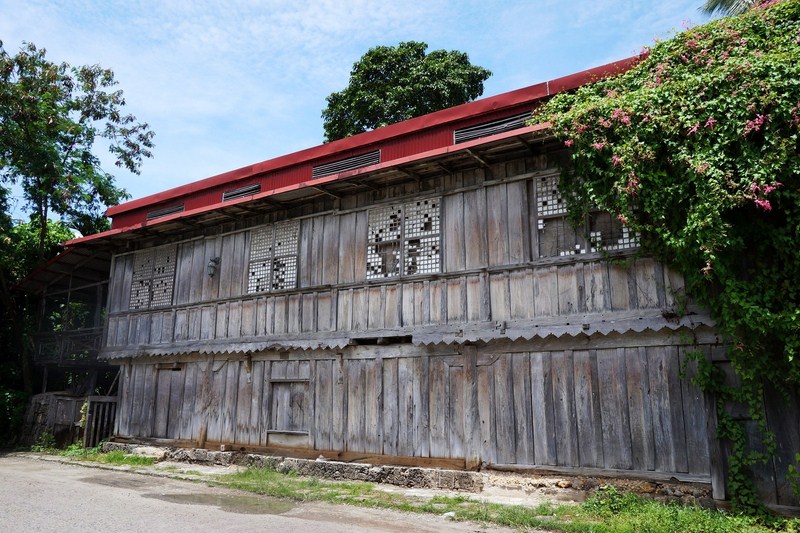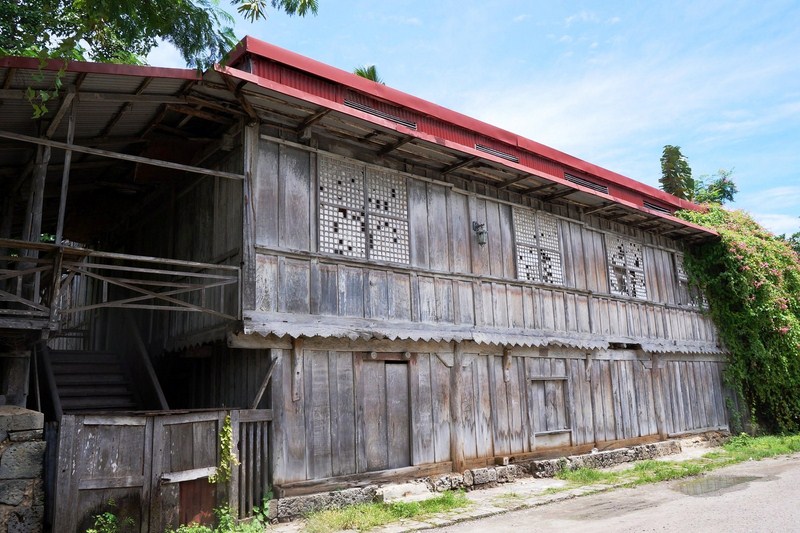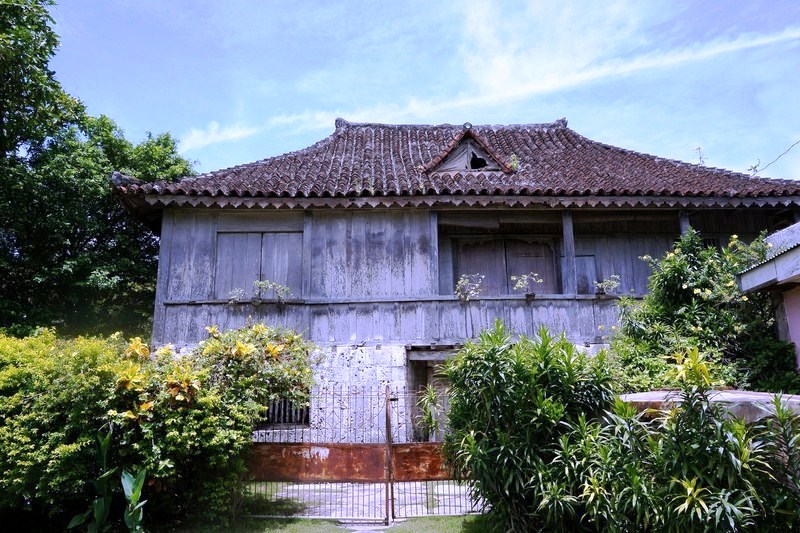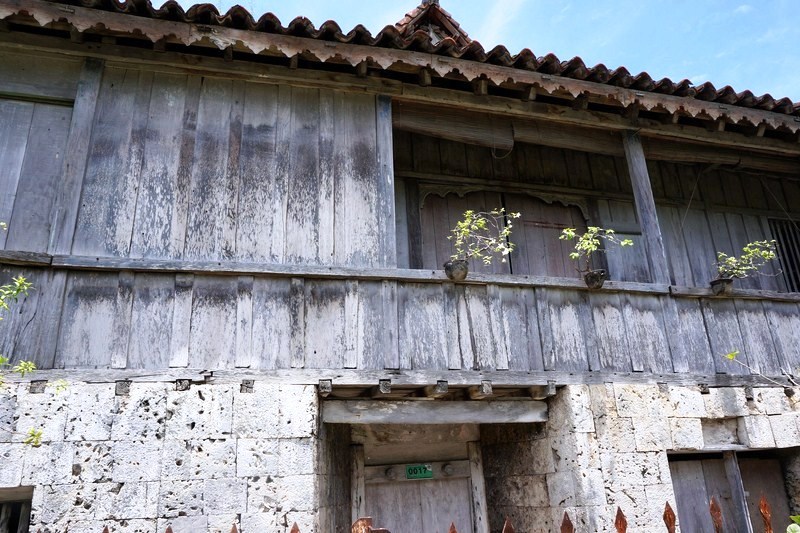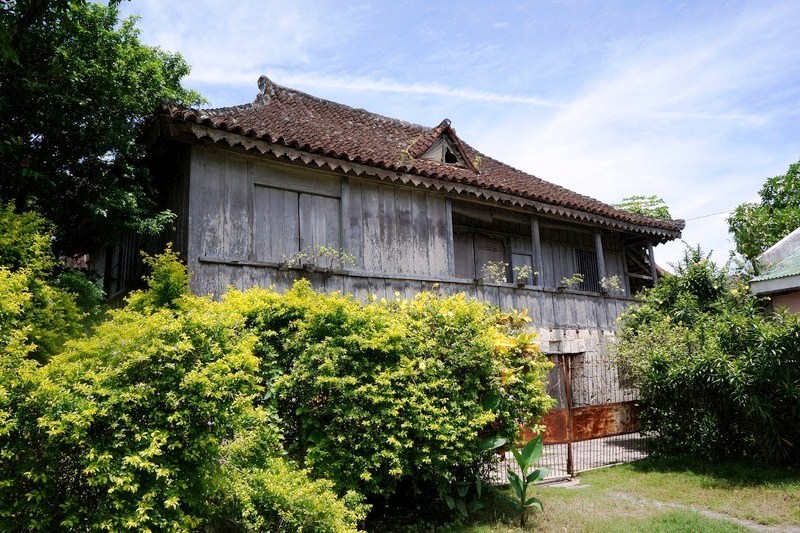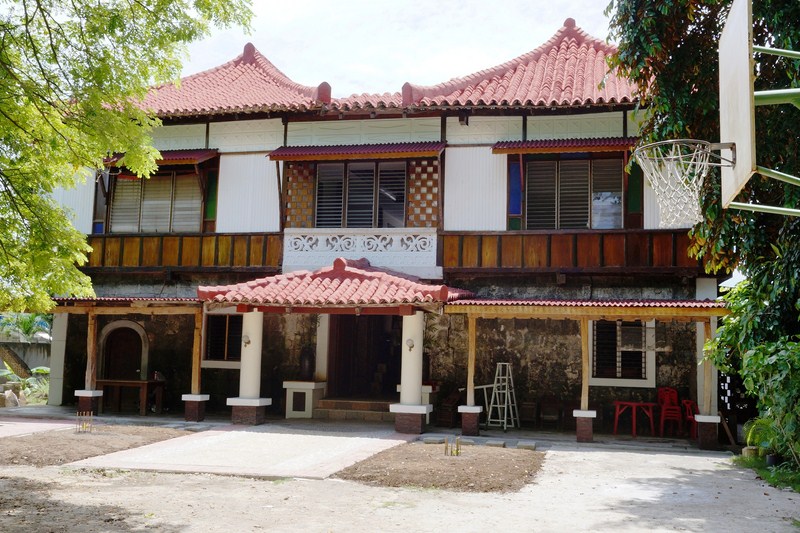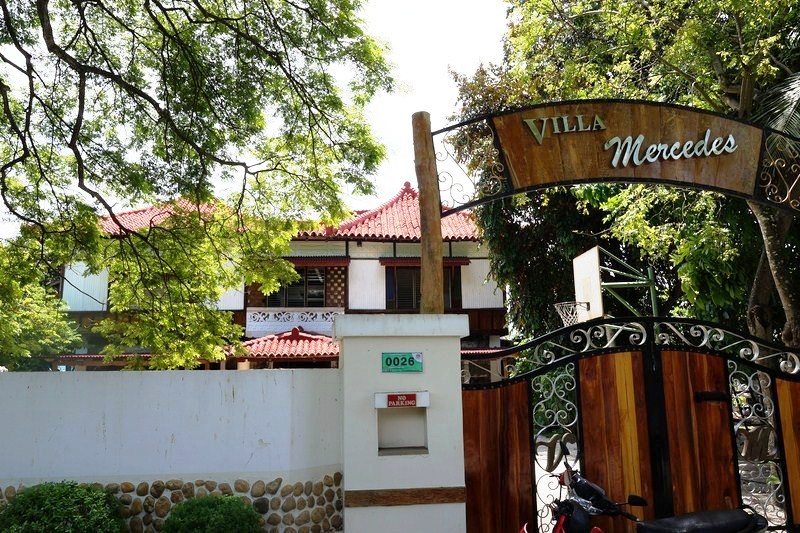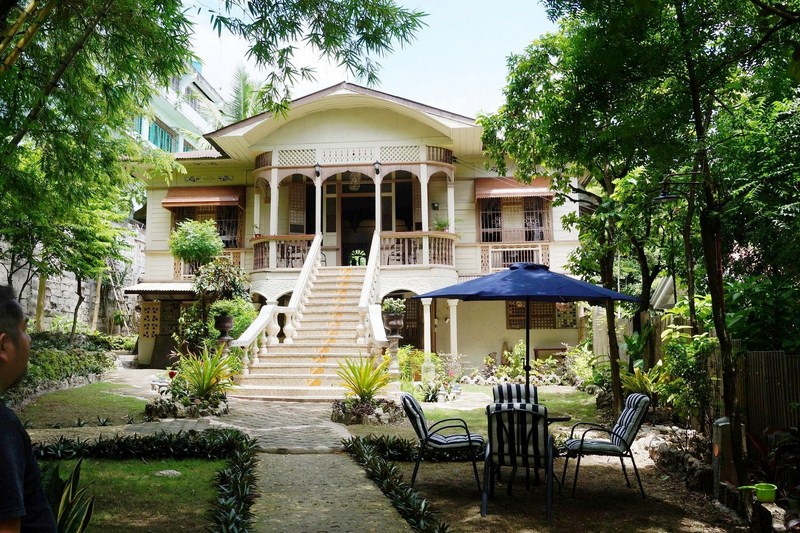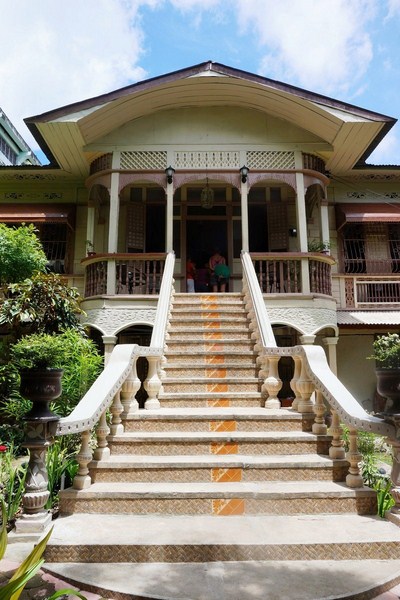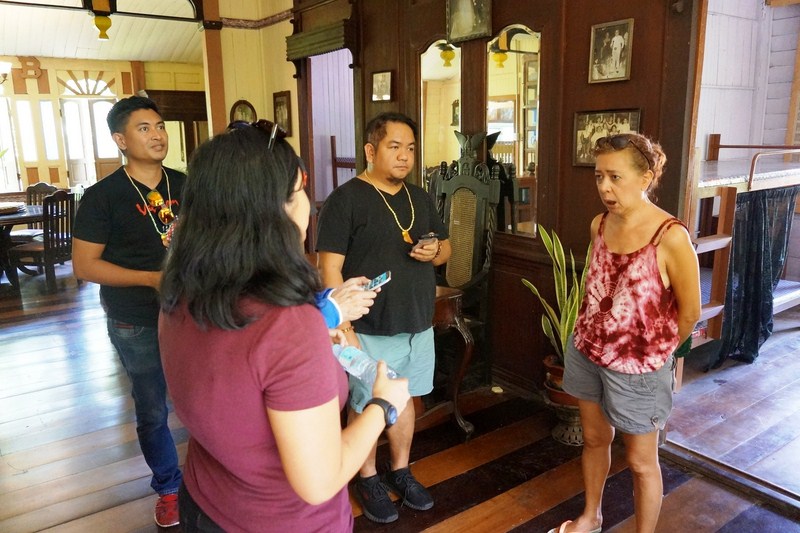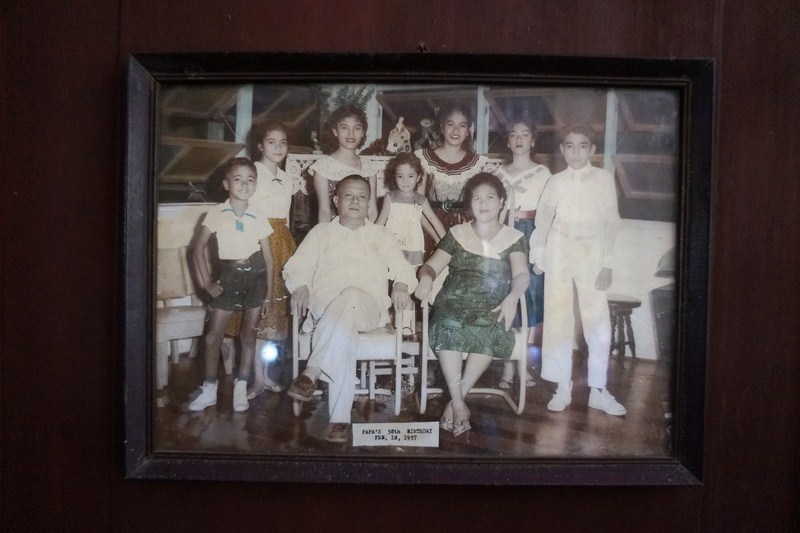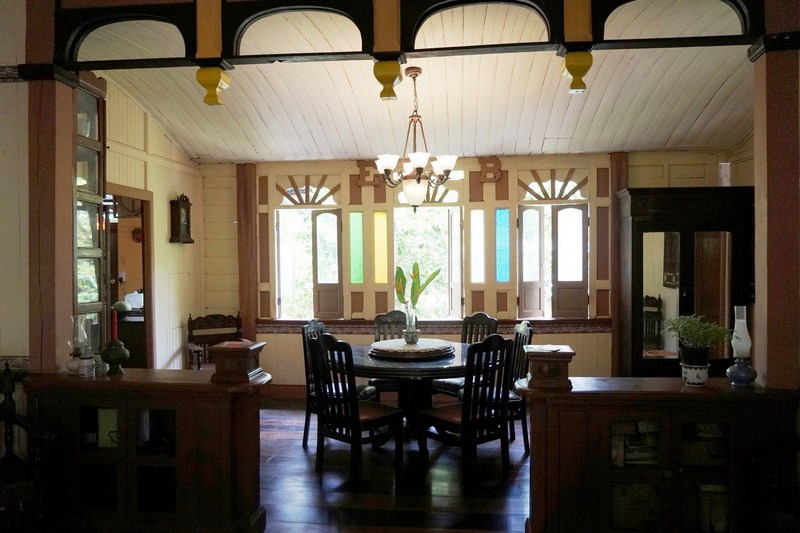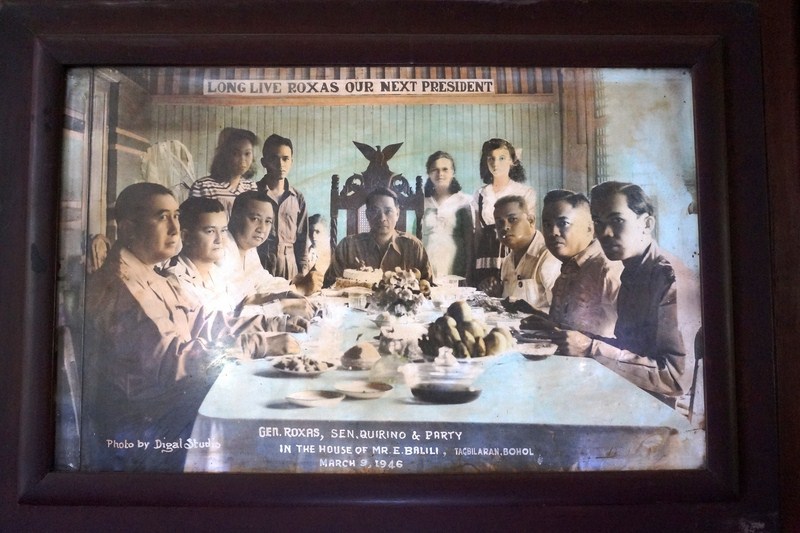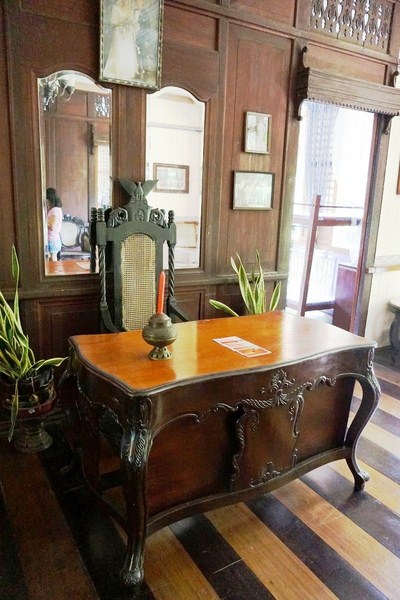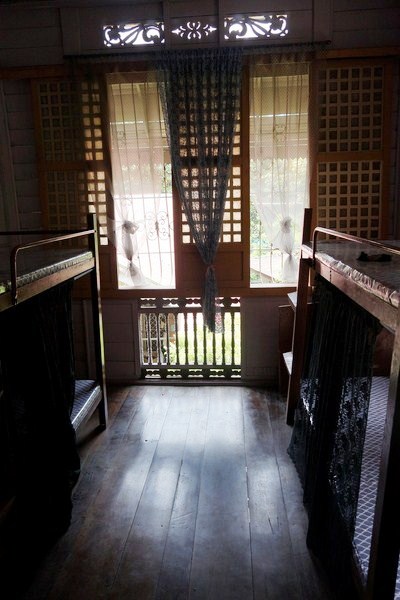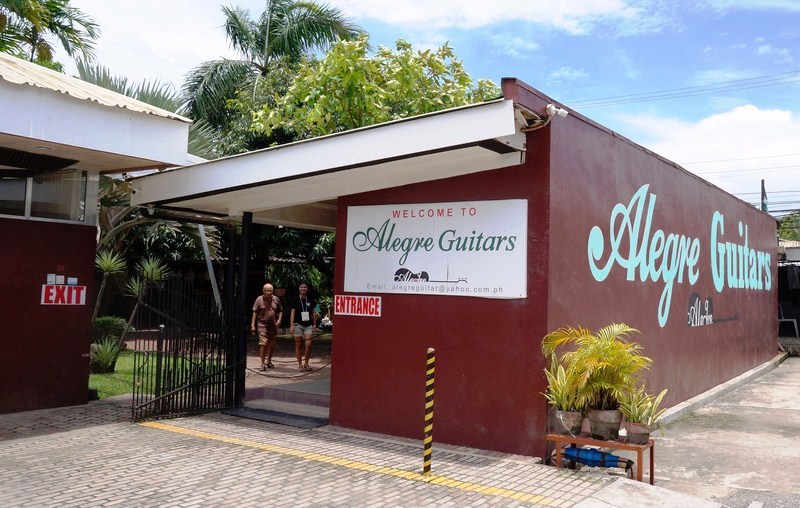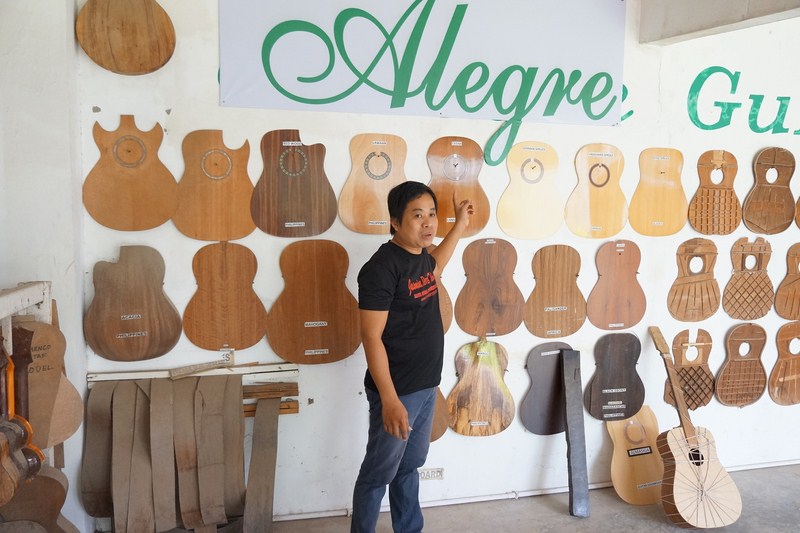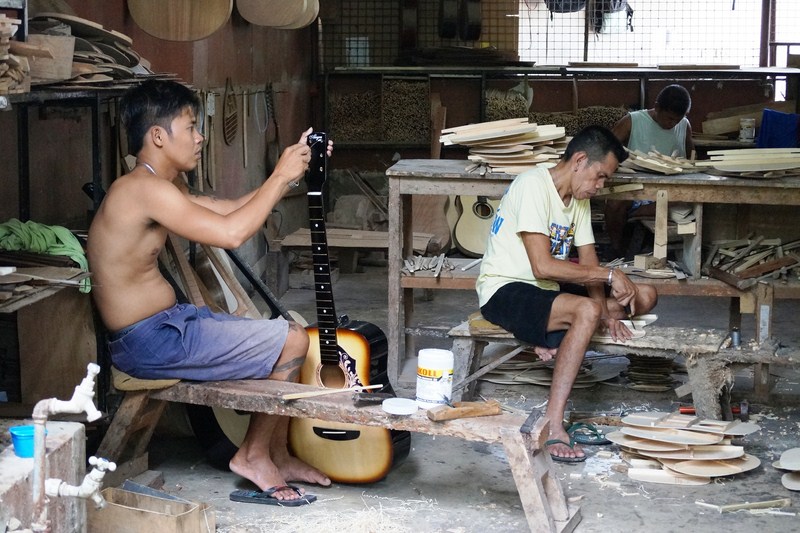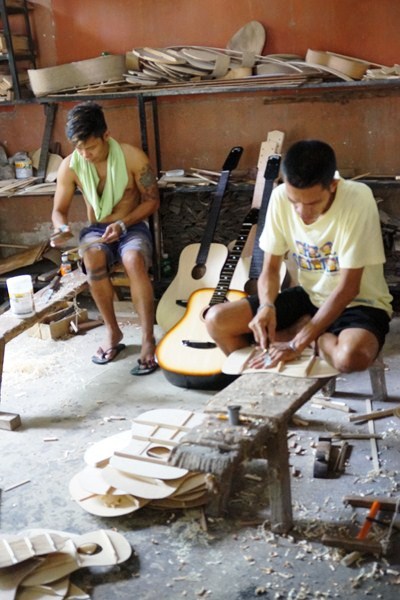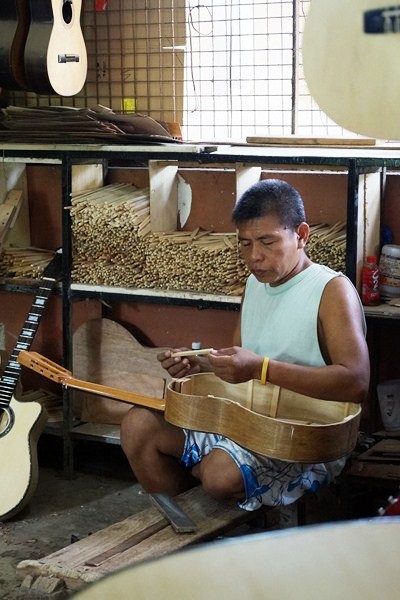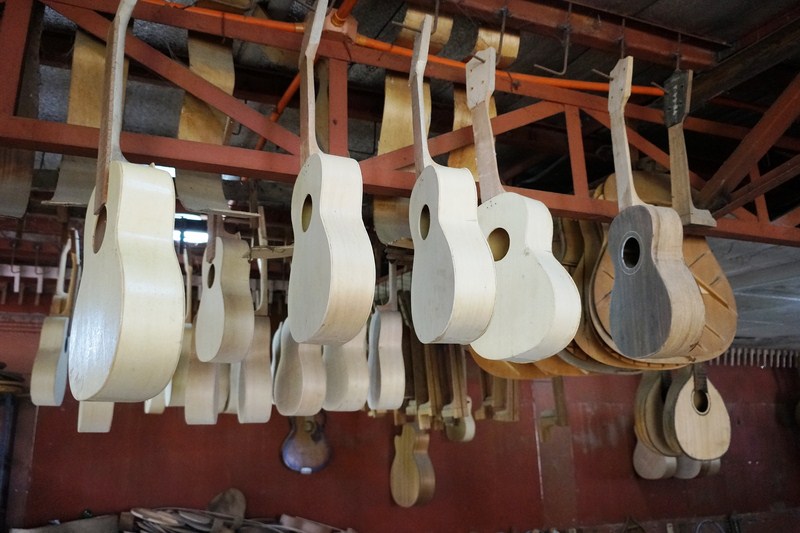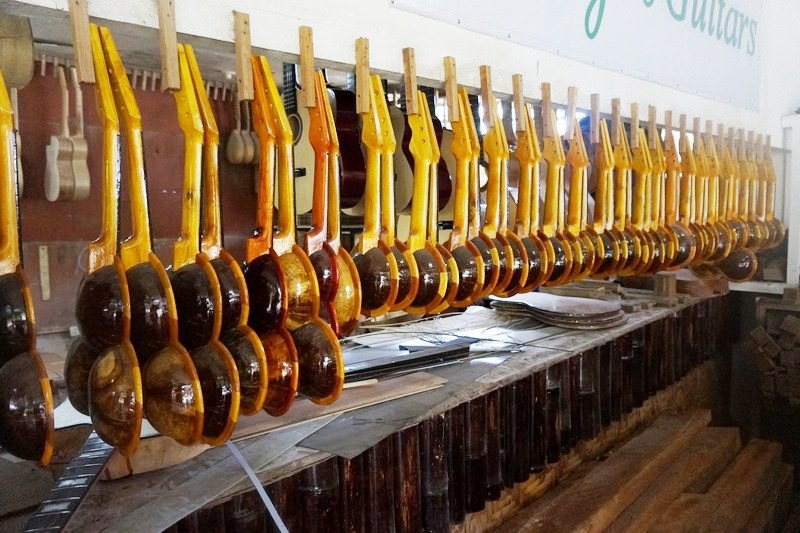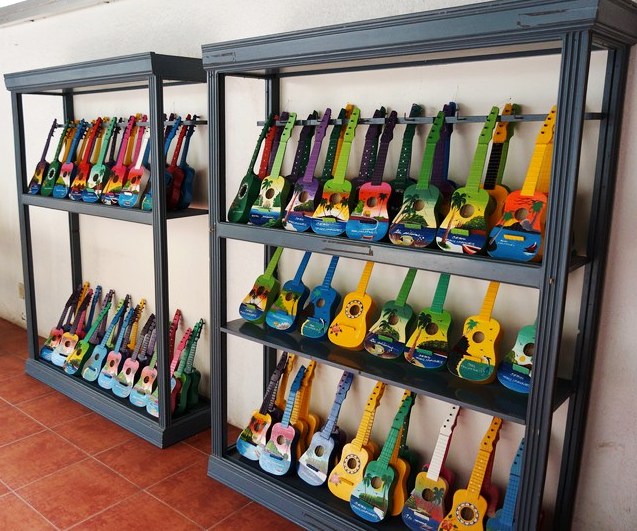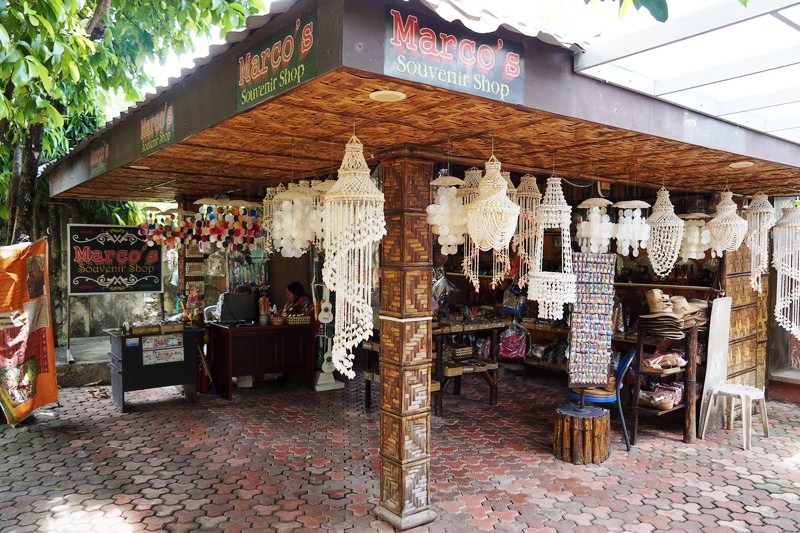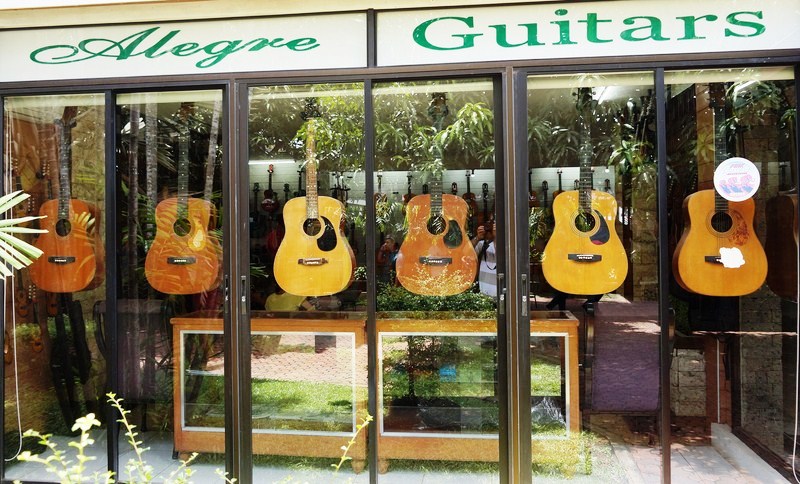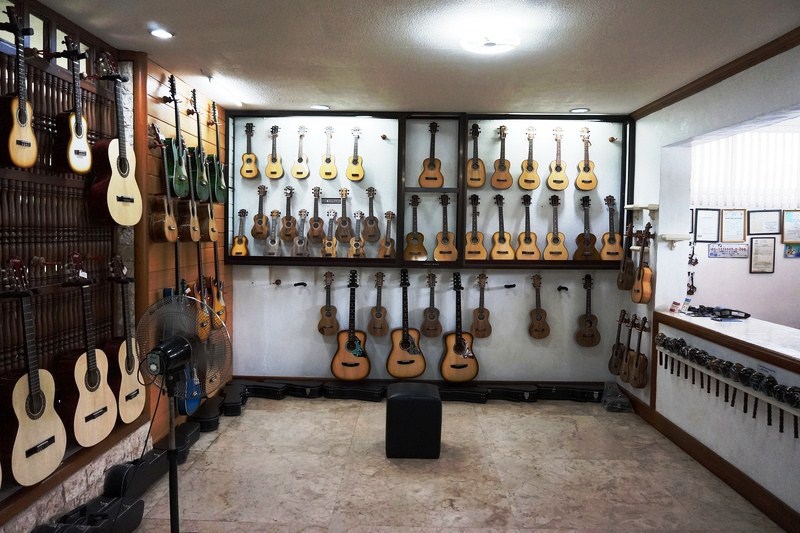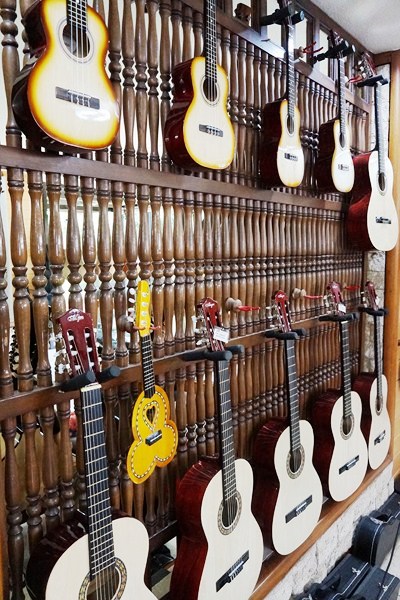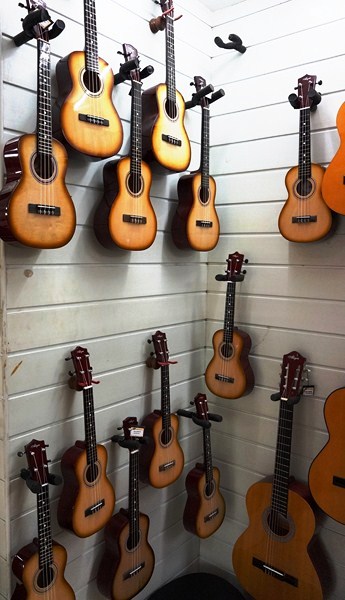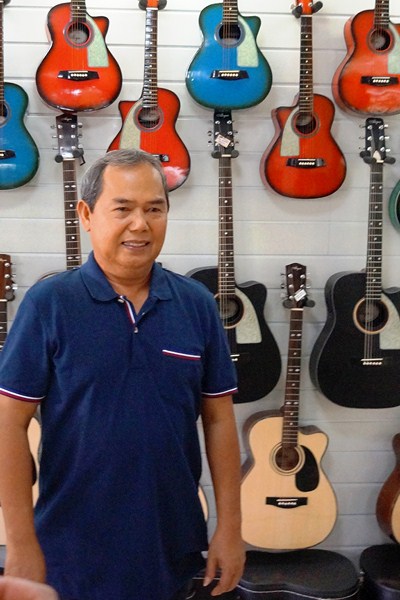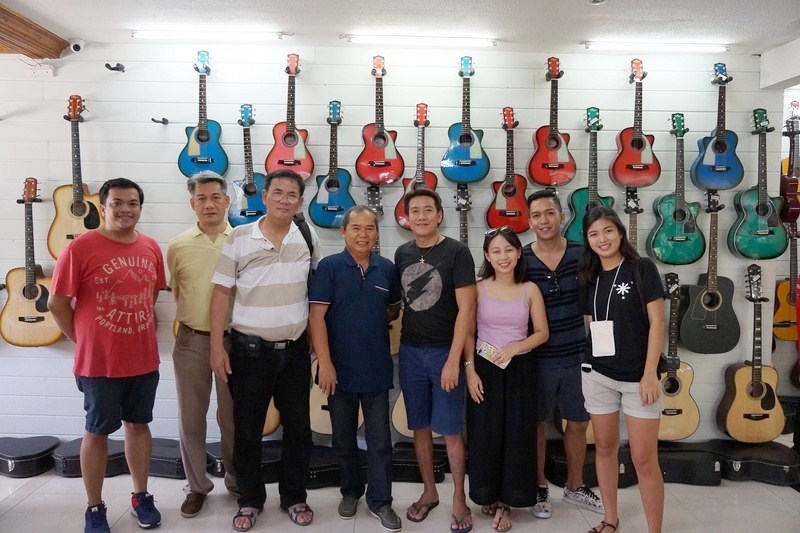Part of the Panglao Bluewater Resort-sponsored CountrysideTour
The next day, after a buffet breakfast at the resort’s Aplaya Restaurant, we boarded a motorized outrigger boat just off the beach from the resort for our half-day, two island (Virgin Island and Balicasag Island) hopping tour.
A 15-20 minute boat ride brought us to Virgin Island, a 1-hectare (during low tide) stretch of white sandbar with small patches of mangroves, grass and coconut trees and surrounded by clear, shallow (the water is only up to your shins) waters and sea grass. Walking to its far end, you will find lots and lots of red and blue starfish.
Virgin Island turned out to be a “tourist trap” as a number of makeshift stalls have been set up there, selling pricey sea food such as fresh, edible abalone, soft and crunchy sea cucumber, tuna and sea urchins (swaki) as well as buko (coconut) drinks, banana-Q, fish ball, squid ball and snacks. Jewelry hawkers, who follow you around (they can’t seem to take “no” for an answer), also sell pearls (in its natural state or mounted as earrings, bracelets or necklaces).
Our tour boat only allowed us 15-20 minutes of stay before we headed to our next destination. It is best to go here early in the morning, tide permitting, as it can be a little too hot when the sun is already shining so bright. Bring sunblock lotion.
There are no nipa huts or umbrella shades on the island. The island is not really a snorkeling spot of note. The sea grass beds only have a few shoals of very small fish but off the beds are loads of jack fish.
Across the island is Isola di Francesco (“Island of St. Francis”) on Pungtud (or Pontod) Island. Owned by Mr. Ramon Rodriguez, a devotee of Italian Capuchin monk St. Pio (Francesco Forgione) of Pietrelcina, it has a chapel, a visitor’s center, a mini museum (filled with photos of the Francescan friars), a few restrooms, water tanks, guest houses and several religious sculptures of angels, cherubs, and the Holy Family. It is not often included in the island hopping packages.
There’s nothing much you can do here except for a short photo ops and taking selfies. They should change the name of this Island. Not a virgin at all. Like many beautiful spots on the Earth, this island has been ruined for commercial reasons but, minus the flocks of tourists, parked boats and the makeshift stalls, the island could be a great place to just sit and relax and enjoy the solitude.
Island Hopping Rates (boat rental only): PhP2,300 (1-4 pax) and PhP2,750 (5-10 pax).
Bohol Tourism Office: Governor’s Mansion Compound, C.P.G. Ave. North, Tagbilaran City, 6300 Bohol. Tel: +63 38 501-9186. E-mail: inquire@boholtourismph.com.
Panglao Bluewater Resort: Bluewater Rd., Sitio Daurong, Brgy. Danao, Panglao, 6340 Bohol. Tel: (038) 416-0702 and (038) 416-0695 to 96. Fax: (038) 416-0697. Email: panglao@bluewater.com.ph. Website: www.bluewaterpanglao.com.ph. Manila sales office: Rm. 704, Cityland Herrera Tower, Rufino cor. Valera Sts., Salcedo Village, 1227 Makati City, Metro Manila. Tel: (632) 817-5751 and (632) 887-1348. Fax: (632) 893-5391.

